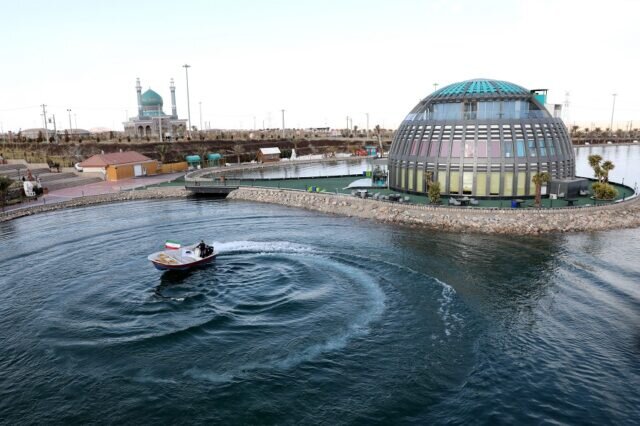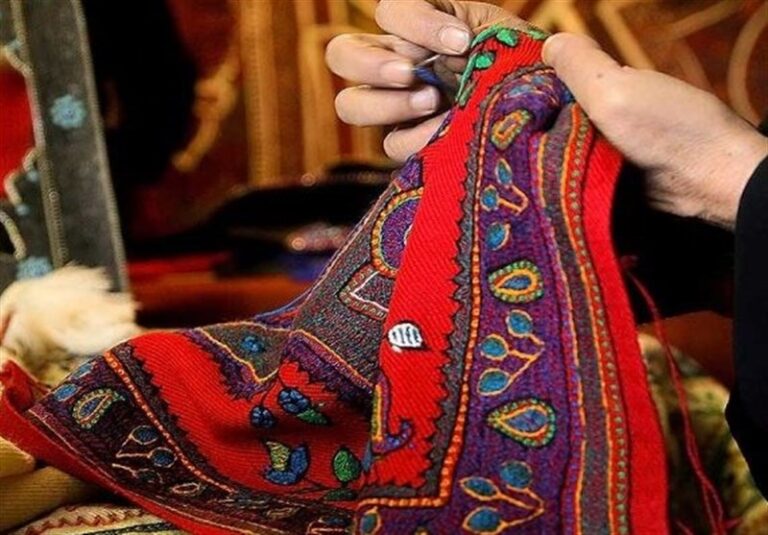Minister Celebrates Thriving Nowruz Travel Season: Domestic Tourism Soars!
Iran’s cultural heritage is thriving, especially during the Nowruz travel season. The recent 1404 (2025) Nowruz travel season has been hailed as one of the most successful and least problematic in recent years. This success reflects the nation’s rich cultural tapestry and highlights the significance of tourism in Iran.
During a ceremony held in Tehran, Seyyed Reza Salehi-Amiri, Iran’s Minister of Cultural Heritage, Tourism and Handicrafts, commended the hard work of the Traveling Services Coordination Headquarters. This organization played a crucial role in managing domestic travel during the Persian New Year holidays.
Salehi-Amiri described the event as a “historical day” within the government’s service calendar. He emphasized that the ceremony celebrated just a small representation of the 1.2 million individuals who dedicated their efforts to ensure a smooth and memorable Nowruz for travelers across Iran.
The ceremony gathered notable figures, including First Vice President Mohammad Reza Aref and several ministers, highlighting the importance of collaboration in promoting tourism.
According to Salehi-Amiri, the diverse attractions and historical sites in Iran played a significant role in the surge of holiday travel. He stated, “From the northern provinces and the pilgrimage sites in Mashhad to the cultural destinations of Kordestan, Kermanshah, Fars, and Sistan-Baluchestan, the whole country became a vibrant hub of tourism.”
Key statistics from the Nowruz holidays reveal:
- Over 36 million trips recorded during the holiday season.
- Significant interest in exploring cultural and historical sites.
- Iran’s geographical and cultural diversity as major motivators for travel.
In a bid to promote cultural engagement, Salehi-Amiri announced the opening of 1,000 “Nowruzgah” cultural hubs throughout the country. These hubs celebrate Nowruz, the Persian New Year, and serve as models of cultural equity and balanced development across Iran.
The minister highlighted the importance of visiting lesser-known destinations, such as:
- The ancient site of Shahr-e Sukhteh
- Historical caravanserais in Semnan
- Notable cities like Shush (Susa), Shushtar, and Jiroft
These experiences provide citizens with a unique opportunity to connect with Iran’s ancient heritage.
A significant archaeological discovery in Abdanan, Ilam province, was also highlighted during the ceremony. Researchers recently identified the original stone quarry used in constructing the Achaemenid palaces of Susa. Salehi-Amiri remarked, “This is a remarkable step forward in deepening our understanding of Achaemenid architecture.”
Despite acknowledging some existing challenges, Salehi-Amiri praised the dedication of the Traveling Services Coordination Headquarters. He stated: “Despite the challenges, the commitment and hard work of those involved in the Travel Coordination Headquarters reflect a powerful example of national synergy, marking a new chapter for the strategic growth of Iran’s tourism sector.”
From March 15 to April 4, data compiled by the Traveling Services Coordination Headquarters revealed:
- A total of 36,519,671 trips recorded.
- 60,970,523 overnight stays across various accommodation facilities.
- 10.37 million of those stays occurred in official lodging facilities.
Travel hotspots during the Nowruz holidays included:
- Mazandaran
- Gilan
- Khorasan Razavi
- Tehran
- Isfahan
Furthermore, major cities such as Mashhad, Shiraz, Tehran, Isfahan, and Bandar Abbas ranked among the most visited destinations during the Nowruz holidays.
Nowruz celebrations, which officially begin in Iran and other countries in West and Central Asia, mark the arrival of spring and symbolize the rebirth of nature. The term Nowruz translates to “new day” in Persian, representing new beginnings.
Over the years, Nowruz has evolved by incorporating various social, religious, and cultural influences. While traditions and customs may differ across regions, many shared features unite these celebrations. Common practices include:
- Performing ritual dances before the festival.
- Jumping over fire and streams.
- Replenishing water supplies on the last Wednesday of the year.
Recognizing its significance, UNESCO inscribed Nowruz on the Representative List of the Intangible Cultural Heritage of Humanity in 2009. Additionally, in 2010, the United Nations General Assembly proclaimed March 21 as International Nowruz Day, further emphasizing the cultural importance of this ancient rite.






